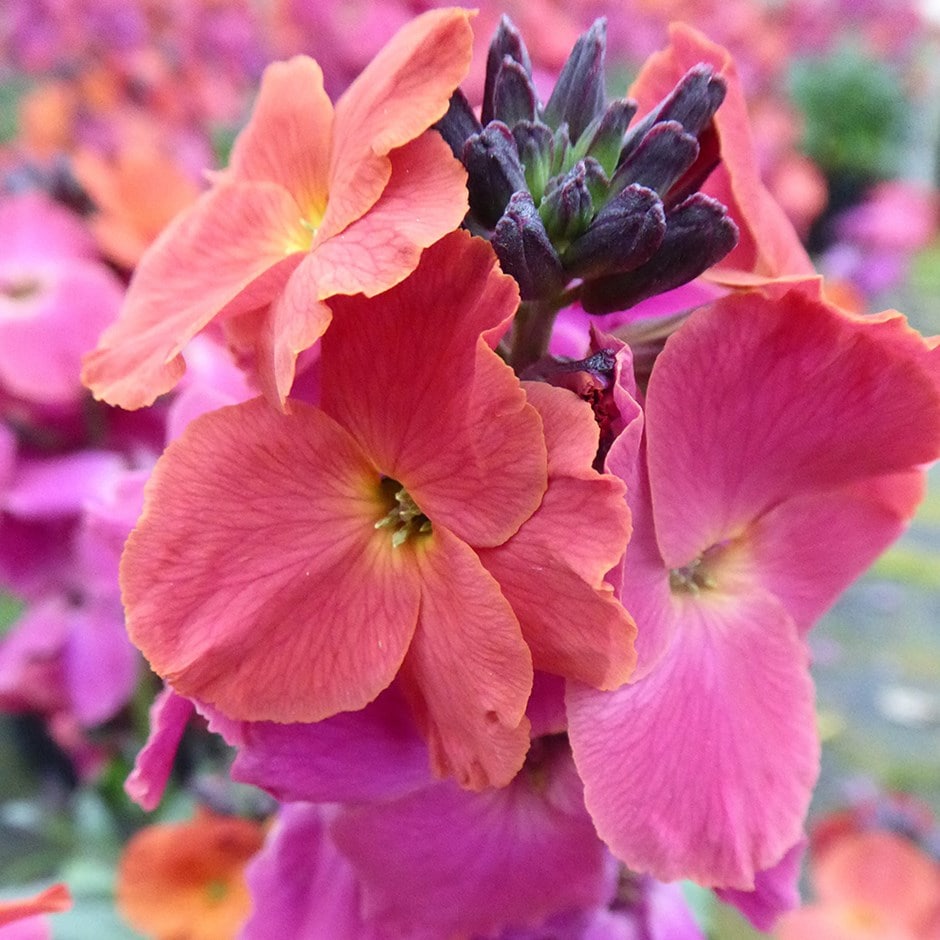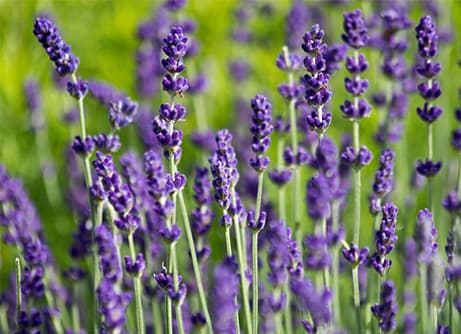
A striking and long-flowering perennial wallflower, Erysimum Winter Orchid makes a wonderful contribution to the spring display.
Forming compact mounds of slender, evergreen foliage, which from late winter to midsummer, are topped with masses of fragrant flowers that change colour from burnt orange to pinkish-purple as they age.
Perfect for getting the growing season off to a colourful (and aromatic) start, they make terrific additions to larger pots or border edges, and they team particularly well with tulips and other spring-flowering bulbs.
Forming compact mounds of slender, evergreen foliage, which from late winter to midsummer, are topped with masses of fragrant flowers that change colour from burnt orange to pinkish-purple as they age.
Perfect for getting the growing season off to a colourful (and aromatic) start, they make terrific additions to larger pots or border edges, and they team particularly well with tulips and other spring-flowering bulbs.
How to care for Erysimum Winter Orchid ('Innerywinorch') (PBR):
When planting this perennial wallflower, incorporate well-rotted compost into the planting hole. If planting in late winter or early spring, there may be some old foliage from the previous year's growth, this will soon be discarded and replaced with fresh new growth.
Protect emerging shoots from frost with a double layer of horticultural fleece and provide a thick organic (insulating) mulch for extra frost protection during freezing conditions for the roots.
Protect emerging shoots from frost with a double layer of horticultural fleece and provide a thick organic (insulating) mulch for extra frost protection during freezing conditions for the roots.
Flowering period:
- Jan
- Feb
- Mar
- Apr
- May
- Jun
- Jul
- Aug
- Sep
- Oct
- Nov
- Dec
Eventual height:
0.45m
Eventual spread:
0.45m
Position:
Full sun
Rate of growth:
Average
Soil:
Moderately fertile, moist, well-drained soil
Hardiness:
Borderline hardy (will need protection in winter in colder areas)
-
This perennial is semi-evergreen so it can lose some of its leaves in winter. In colder regions or more exposed gardens, it may lose them all, but then fresh new growth appears again in spring.









